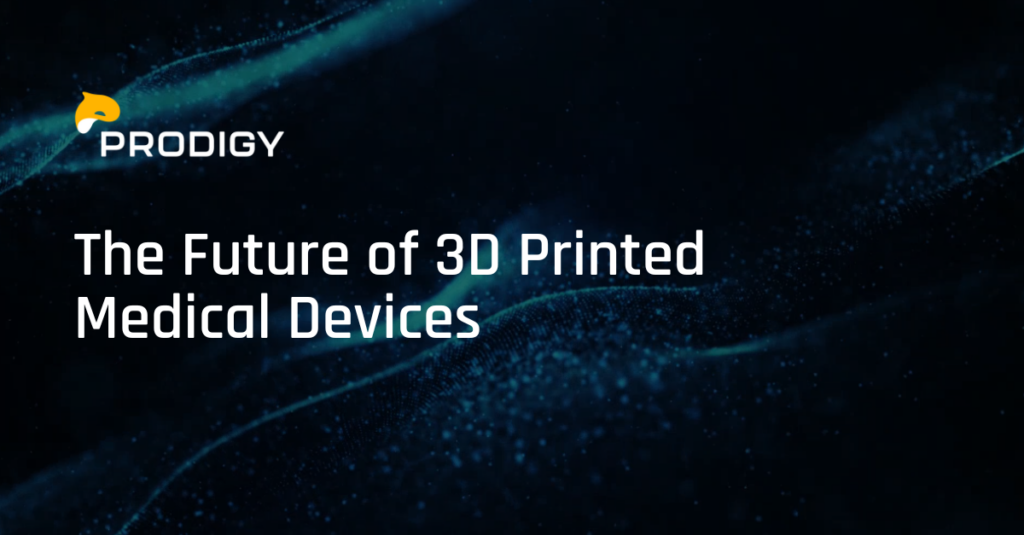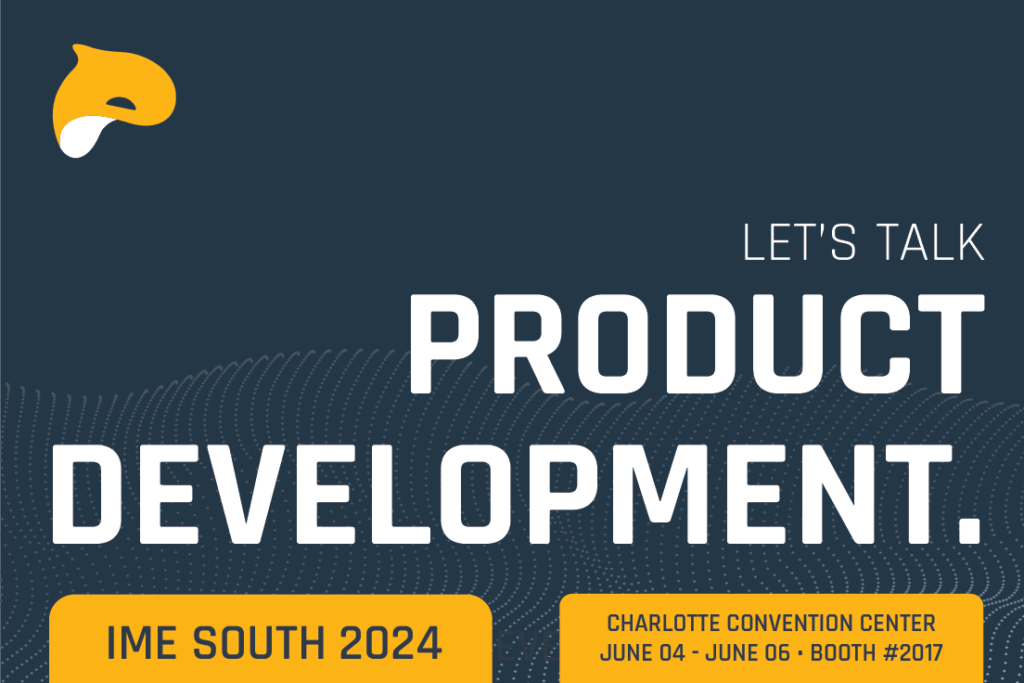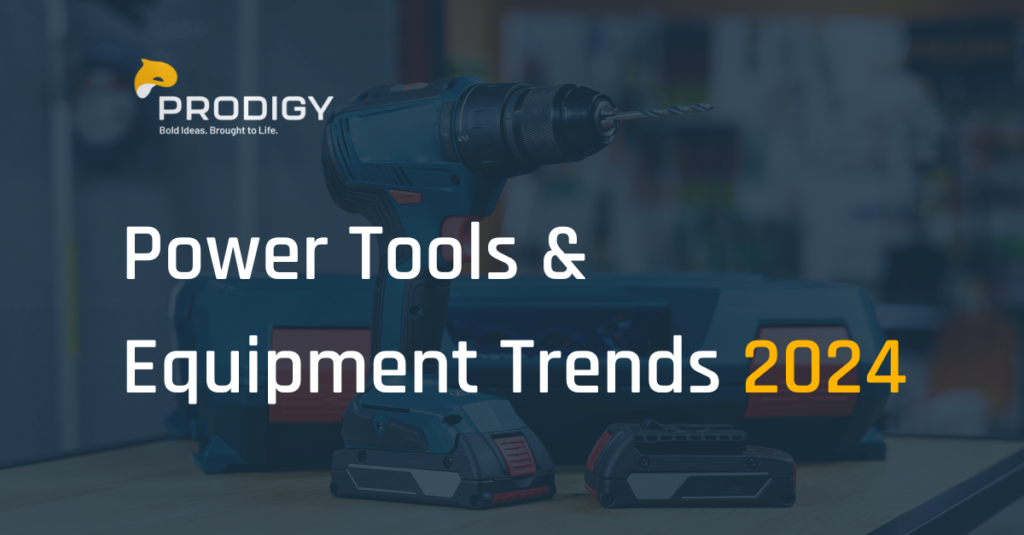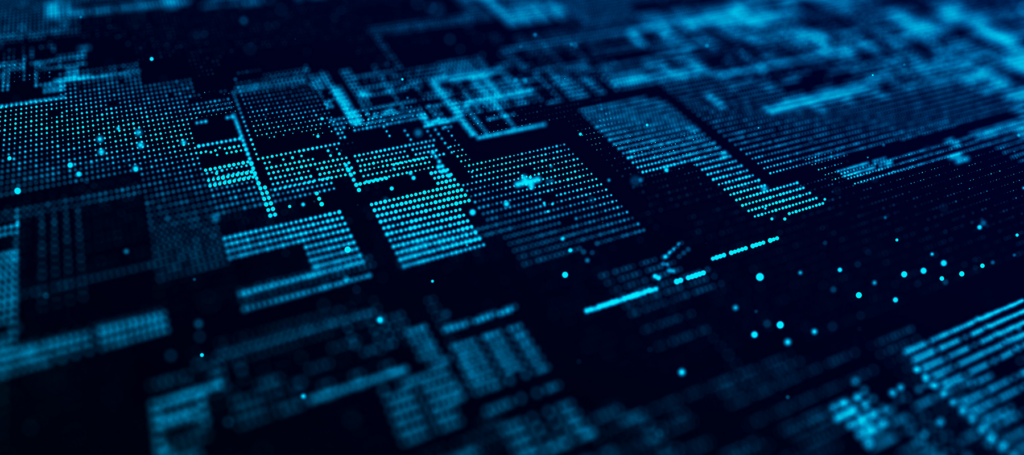Technology
Product Technology
We keep our finger on the pulse of emerging product development technology so we can better integrate it into our product solutions and give our customers a competitive advantage post-pandemic.
Not only do we subscribe to all the latest news and attend industry trade shows to seek out the latest tech, but we’ve also adapted our culture and processes to overcome unpredictable environments like the pandemic. This includes making sure the product development technology we use in our designs is flexible and doesn’t rely on one item supply chain difficulties have made hard to get.
Below are some of the tech solutions we integrate into our customers’ products:
- Embedded Controls
- Additive
- Virtual Prototyping
- Robotics
- XR (AR/VR/MR)
- IOT/IIOT
- Signal Processing
- Connectivity, Connected Products
- Mobile and Desktop Apps
- Vision Systems
- Artificial Intelligence
- Digital Twin
- Embedded Controls
We specialize in designing embedded controls that are small, reliable and efficient that can be highly customized to meet the specific needs of your product or situation. We have vast experience with a wide array of hardware components, such as microcontrollers, sensors, and actuators. In parallel, our software algorithms are used to process the data from the sensors, make decisions, and control the actuators
- Design for Additive
Throughout our 37 year history Prodigy has leveraged additive manufacturing technologies in prototyping, creating molds, tooling and production parts. We understand the benefits of these technologies as well as limitations and can leverage additive solutions throughout the development process.
- Virtual Prototyping
Virtual prototyping is the process of creating a digital model of a product or system, and then using computer simulations and other tools to test and evaluate the performance of the model. This allows manufacturers to design and optimize the product or system before it is built or manufactured, reducing the time and cost of the development process. Prodigy-developed virtual prototypes are created using computer-aided design (CAD) software, 3D modeling tools, and other software, and can be tested using simulations, virtual reality, and other tools.
- Robotics
We develop robotic and mechatronic automation solutions and the associated sensing and control systems in a wide variety of industries.
- XR (AR / VR / MR)
Prodigy can enable your products with XR (extended reality, encompassing a range of technologies, including virtual reality (VR), augmented reality (AR), and mixed reality (MR)) for a variety of solutions including:
- Creating immersive and engaging product demonstrations, allowing customers to experience the product in a realistic and interactive way,
- Training users on how to use the product, providing a more engaging and interactive learning experience,
- Simulating how the product will behave in different environments or scenarios, allowing manufacturers to test and optimize the product before it is released,
- Providing real-time feedback and guidance to users while they are using the product, improving their understanding and ability to use the product effectively.
- Integrating into the product itself, providing additional functionality or enhancing the user experience.
- IOT/IIOT
Prodigy can enable your new or existing products with IoT technology at every level of the IoT technology stack: sensors, edge computing, wireless communication technologies, IoT Platforms, analytics and application development. We have a 30-day pilot program that avoids the typical pilot failures. Learn more about our IoT IIoT capabilities and partnership with Blues – https://prodigypd.com/our-work/the-prodigy-and-blues-story/.
- Signal Processing
We provide solutions by applying various algorithms and techniques to electronic signals, such as filtering, amplification, or modulation on a wide variety of integrated sensors.
- Mobile and Desktop App
We develop apps to complete your product’s eco-system, whether they are smart device apps, desktop apps or Web-based solutions.
- Vision Systems
Prodigy develops vision systems for many applications, including object recognition and image classification. We use a variety of technologies including OpenCV in the development of real-time solutions.
- AI
At the pinnacle of smart products, AI algorithms turn sensor data into meaningful insights. Whether at the edge or in the cloud, the ultimate goal is to develop predictive insights before failures.
- Digital Twin
Digital twin technology can be implemented by creating a digital representation of a physical object or system, and then using sensors and other technologies to continuously monitor and update the digital model based on the real-world data. This can be done by using various types of sensors and data sources, such as IoT devices, to gather data about the physical object or system, and then using software to create and maintain the digital twin. The digital twin can then be used for a variety of purposes, such as simulating how the physical object or system will behave in different scenarios, or analyzing the data to identify trends and make predictions about the performance of the physical object or system.










